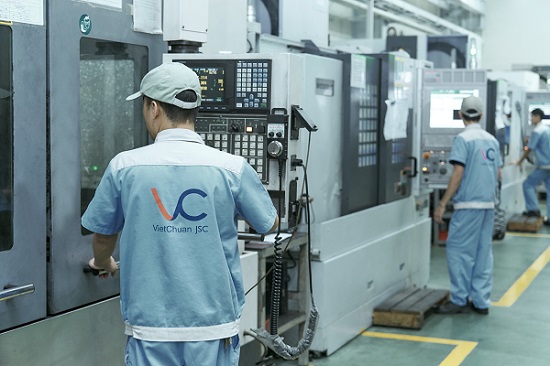Introduction: The world of manufacturing owes much of its success to the intricate artistry of mold making. From intricate plastic components to precise metal parts, the mold-making industry plays a pivotal role in transforming ideas into tangible products. In this article, we delve into the captivating realm of mold making, exploring its techniques, materials, and the unparalleled craftsmanship behind its creation.
Section 1: The Craftsmanship of Mold Making
- Mastering the Craft: Unveiling the skills and expertise required to create molds that meet exacting specifications and tolerances.
- Sculpting with Precision: Exploring the techniques used to sculpt molds, including CNC machining, manual carving, and 3D modeling.
- Materials of Excellence: Highlighting the diverse range of materials used in mold making, such as steel, aluminum, and composites, each offering unique properties for specific applications.
Section 2: Applications and Industries
- Automotive Precision: Discovering how mold making shapes the automotive industry, from manufacturing complex engine components to crafting flawless exterior body parts.
- Enlightening Electronics: Examining the role of mold making in producing intricate electronic devices, circuit boards, and connectors with precision and reliability.
- Design Meets Innovation: Unraveling the impact of mold making on the creation of aesthetically pleasing consumer products, including toys, home appliances, and decorative items.
Section 3: Innovations and Advancements
- High-Tech Solutions: Exploring cutting-edge technologies in mold making, such as computer-aided design (CAD), simulation software, and additive manufacturing, enhancing efficiency and reducing lead times.
- Surface Finishing: Discussing advanced techniques like polishing, texture replication, and coatings that add finesse and functionality to the final molded products.
- Sustainability in Mold Making: Shedding light on eco-friendly practices, including recycling, waste reduction, and energy-efficient processes, contributing to a greener manufacturing landscape.
Section 4: Collaboration and Customization
- Collaborative Design: Emphasizing the importance of close collaboration between mold makers, engineers, and designers to achieve optimal results in terms of functionality, aesthetics, and manufacturability.
- Customization Matters: Exploring how mold making empowers manufacturers to create bespoke products, tailored to specific customer demands and preferences.
- Iterative Refinement: Highlighting the iterative nature of mold making, with continuous improvements and refinements to achieve superior quality, cost-effectiveness, and efficiency.
Conclusion: Mold making is a captivating blend of craftsmanship, technology, and innovation, fueling the manufacturing industry’s quest for perfection. Its ability to transform raw materials into intricate molds, enabling the creation of flawless products, is nothing short of artistry. As the industry evolves, embracing new materials and technologies, the art of mold making continues to push boundaries and elevate manufacturing to unprecedented levels of precision and excellence.

